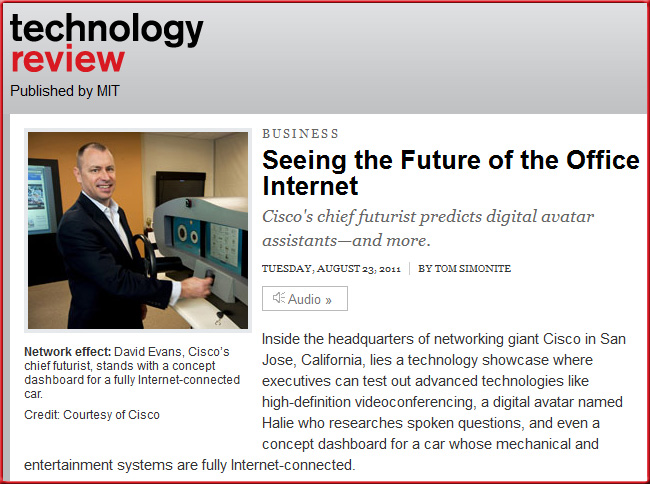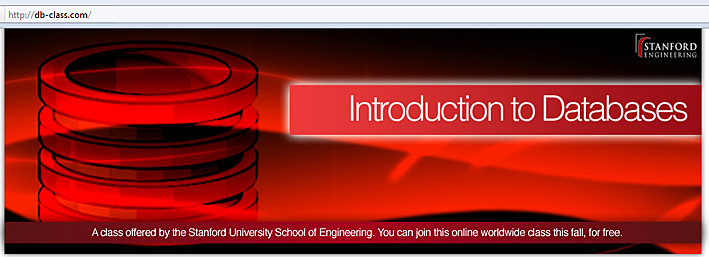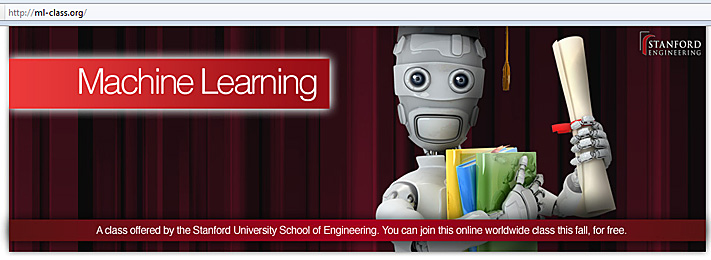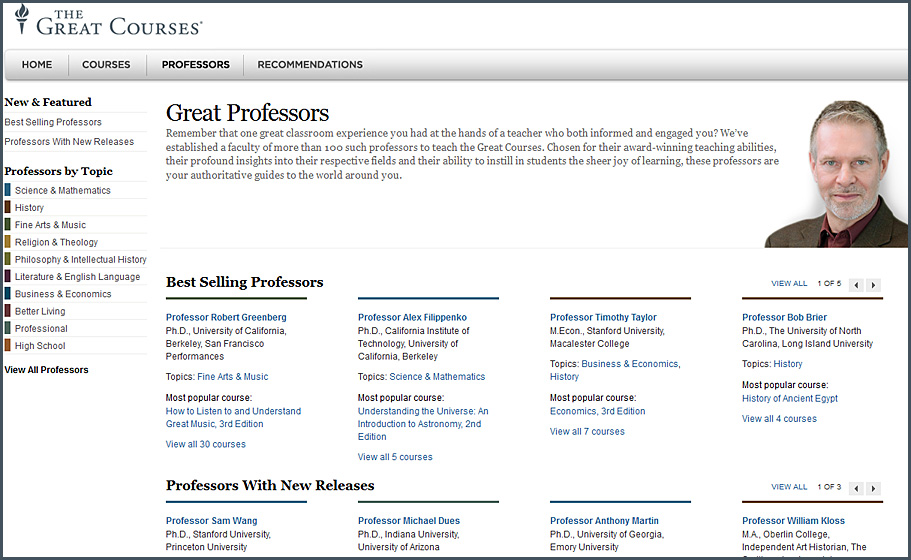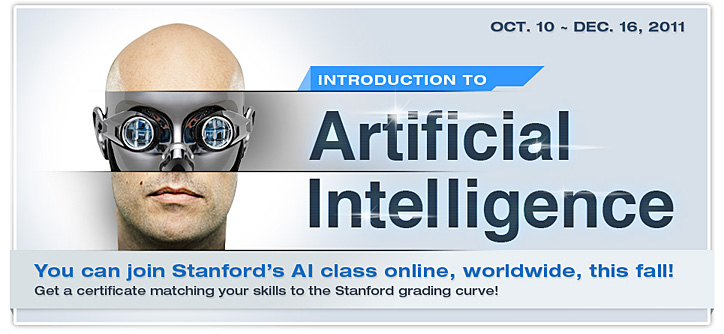Has the higher-ed revolution begun? — from mindingthecampus.com by Charlotte Allen
Excerpts (emphasis DSC):
It’s happening, almost overnight: what could be the collapse of the near-monopoly that traditional brick-and-mortar colleges and universities currently enjoy as respected credentialing institutions whose degrees and grades mean something to employers.
The most dramatic development, just a few days ago, was the decision of robotics-expert Sebastian Thrun to resign from his position as a tenured professor of computer science at Stanford in order to start an online university he calls Udacity that he hopes will reach hundreds of thousands of students who either can’t afford Stanford’s $40,000-a-year tuition or who can’t travel thousands of miles to one of the bricks-and-mortar classes he used to teach.
…
Besides threatening to up-end universities’ traditional control of educational credentials, Thrun may also drastically change the shape of for-profit education. Udacity is being operated by Know Labs, a Thrun-founded for-profit enterprise funded by the venture-capital firm Charles River Ventures. Know Labs’ ultimate aim, according to Thrun, is to offer high-quality online courses that will be either free or cheap (the company is in the process of developing a business model). Thrun has estimated, for example, that if he and Norvik had charged only $1 apiece to all 160,000 enrollees in their artificial-intelligence course last fall, they could have easily recouped their costs. By contrast, the majority of existing for-profit colleges charge relatively high tuition that has made those institutions highly dependent upon their students’ federal grants and loans. It’s unlikely that anyone would have to borrow in order to take an Udacity course.
Also see:
- Stanford takes online schooling to the next academic level — from NPR.org by Steve Henn










